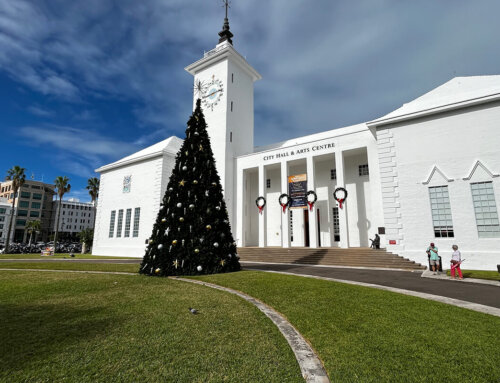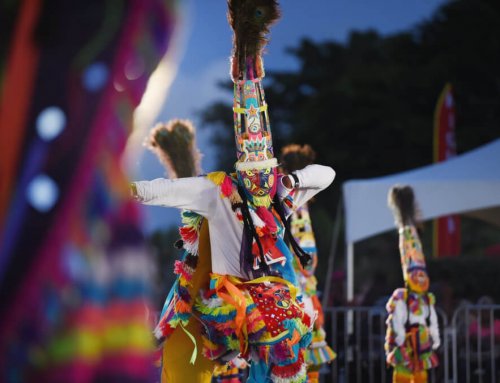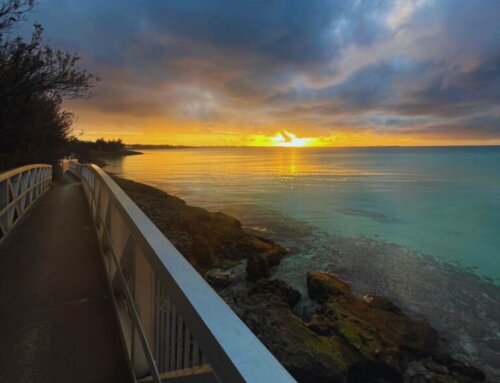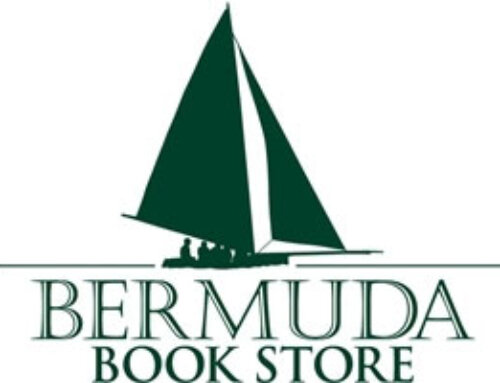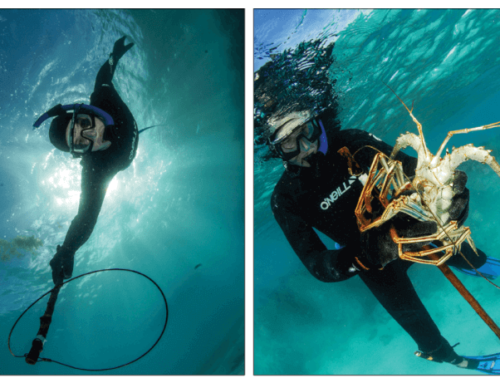By Horst Augustinovic
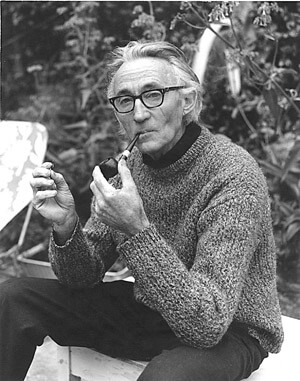
Bermuda’s well-known artist Alfred Birdsey
Do you know…That Alfred Birdsey was also a lithographer? Lithography was accidentally invented in 1798 by Alois Senefelder in Solnhofen, Bavaria, Germany, while he was experimenting with copperplate engraving on the cheaper Bavarian limestone, rather than expensive copper. The principle on which lithography is based is the fact that water and greasy substances repel each other and for the next 100+ years the stones from the Solnhofen quarry were the preferred stones for the lithographic printing process.
The technical details of printing from stones were quite complicated. At the beginning there were neither lithographic presses, nor inks or chemicals available for purchase. The art was quite primitive and difficult to learn, and successful lithographers did not easily divulge their trade secrets.
The preparation of the stone, creating the image, inking and dampening, preparing the paper, and finally making the impression were all manually performed. Still, a good lithographer was first and foremost a graphic artist, and in many cases a creative artist. Alfred Birdsey was certainly in this category.
Having moved to Bermuda in 1919 when he was only 7 years old, Alfred Birdsey became an entirely self-taught artist. Mentored, however, by two American artists – Donald Kirkpatrick and Joe Jones. In the 1950s Alfred developed his interest in oriental art as seen in the characteristic watercolours for which he is best known.
In the late 1950s he became interested in lithography and, lacking a proper lithographic stone, experimented unsuccessfully with marble. According to his daughter Jo Birdsey-Linberg, he was offered two stones by a printer in New York and he and his family travelled there on the Queen of Bermuda to collect the precious stones. Next he had to master the chemistry involved. Polishing the stone with pumice powder, neutralizing it with nitric acid and finally preserving the surface with gum Arabic.
Of course Alfred also lacked a printing press and this is where his future son-in-law – Sjur Linberg – came into the picture. Being an architect, Alfred asked him to build a very basic press to make single-colour impressions. Multi-colour printing would have required a more sophisticated machine allowing for proper registration of colours. That is the reason why Alfred Birdsey’s lithographs are printed in one colour only, with perhaps some colour wash added later.
Yes, Alfred Birdsey loved to experiment with his watercolour and oil paintings for which he is know worldwide. His interest in lithography, however, makes him unique as Bermuda’s only true lithographer.


